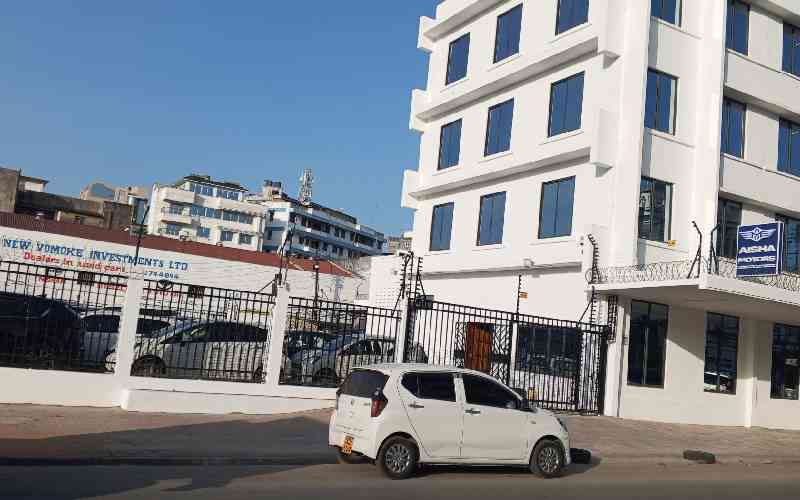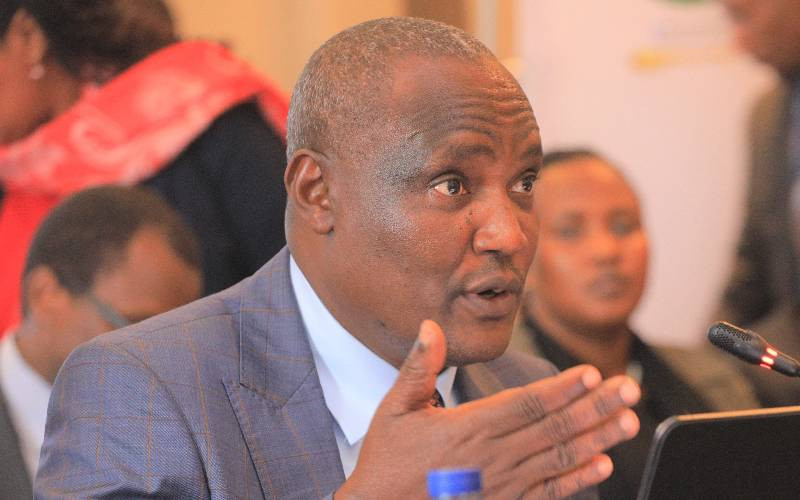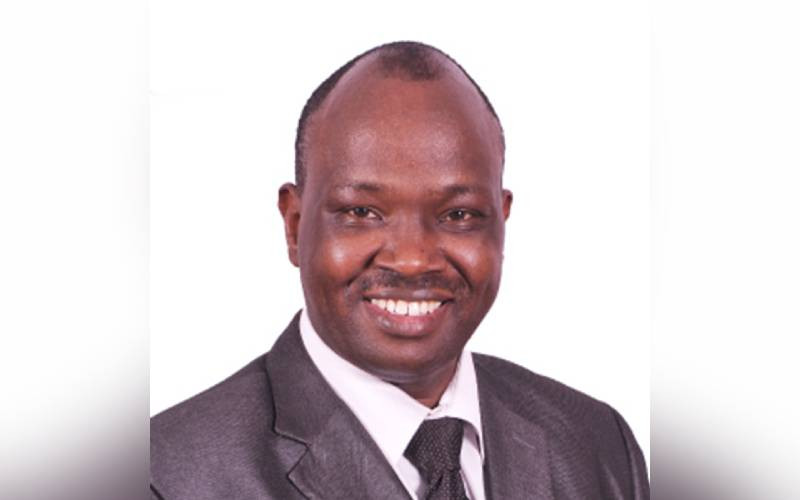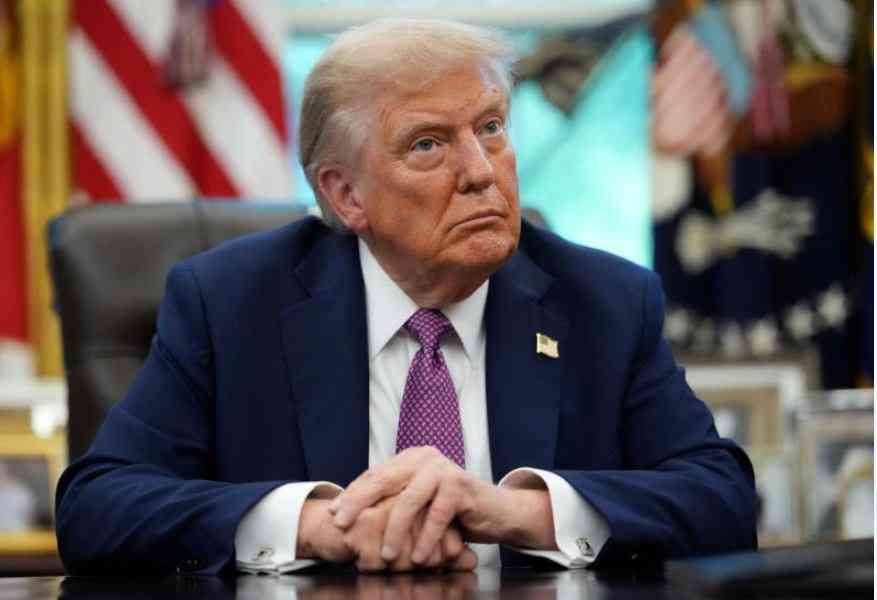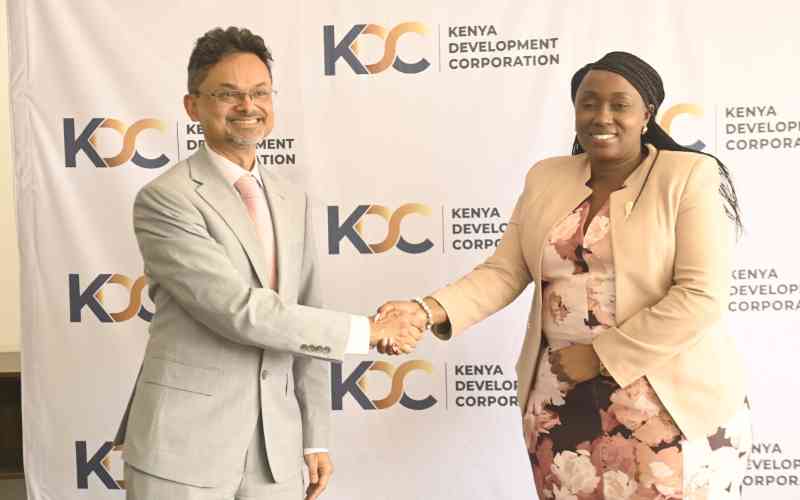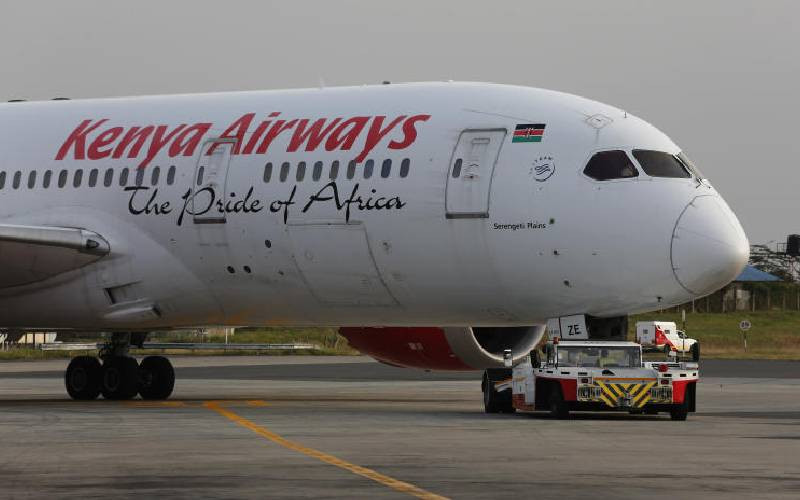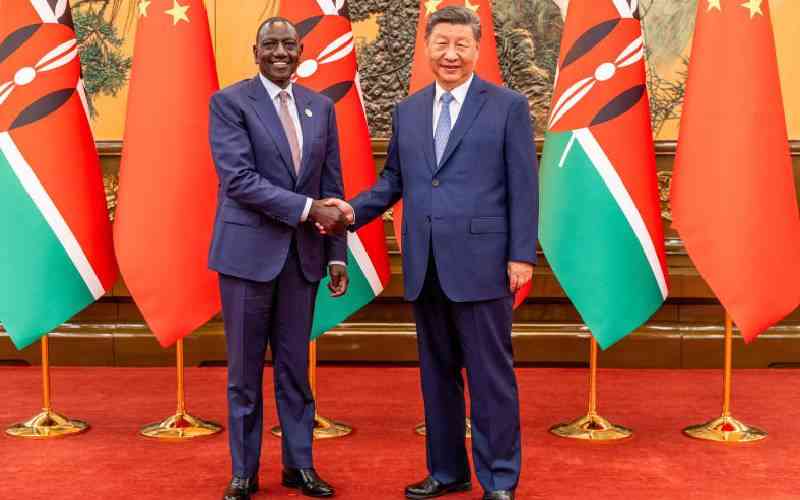×
The Standard e-Paper
Smart Minds Choose Us
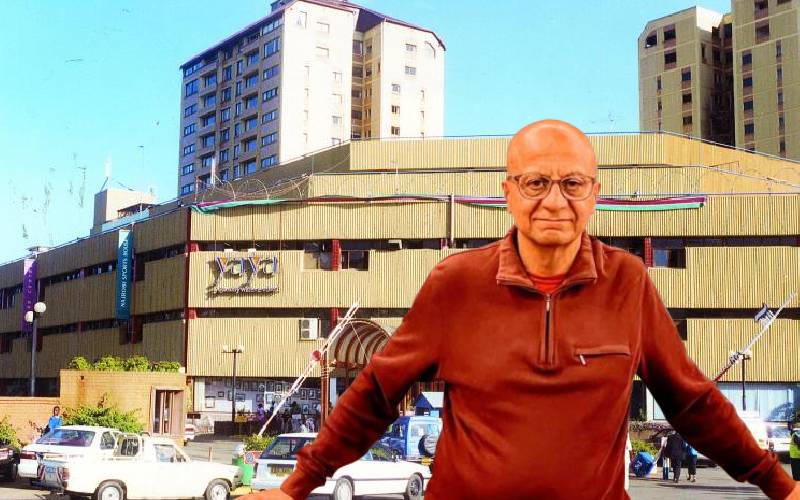
Who owns Yaya Centre? Alnoor Kassam claims that the complex was unfairly taken from Trade Bank depositors. [Courtesy]
Abandoned, desolate and sun-baked for decades, the two towers attached to Yaya Centre blot the otherwise impressive Kilimani skyline.

